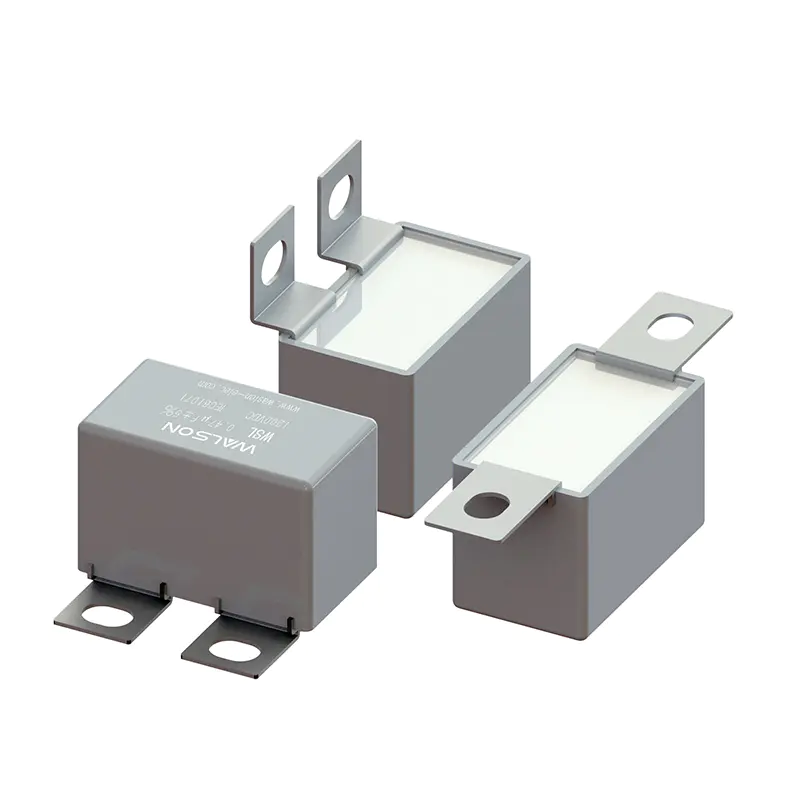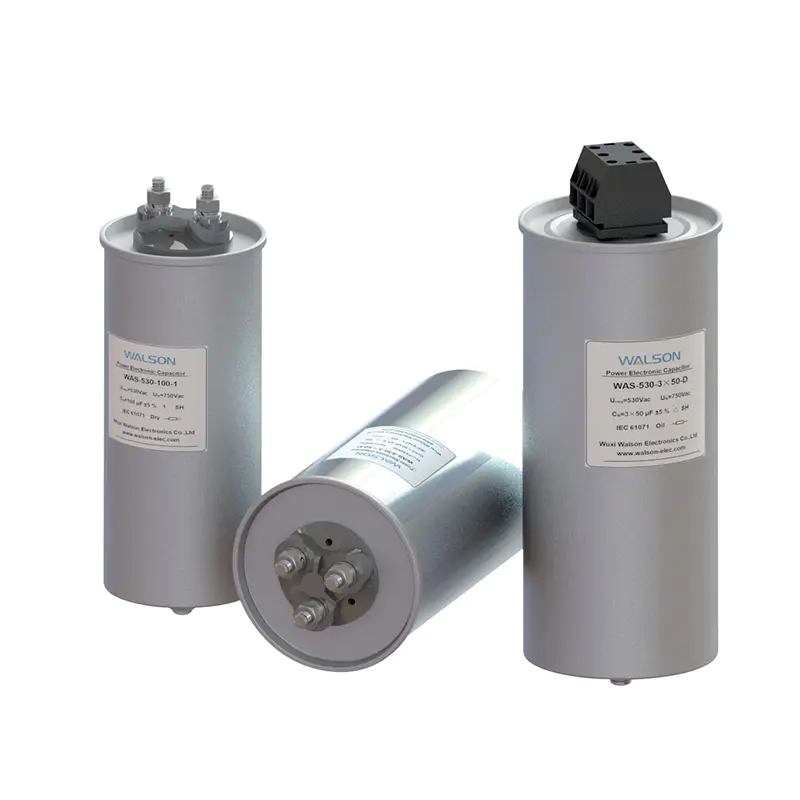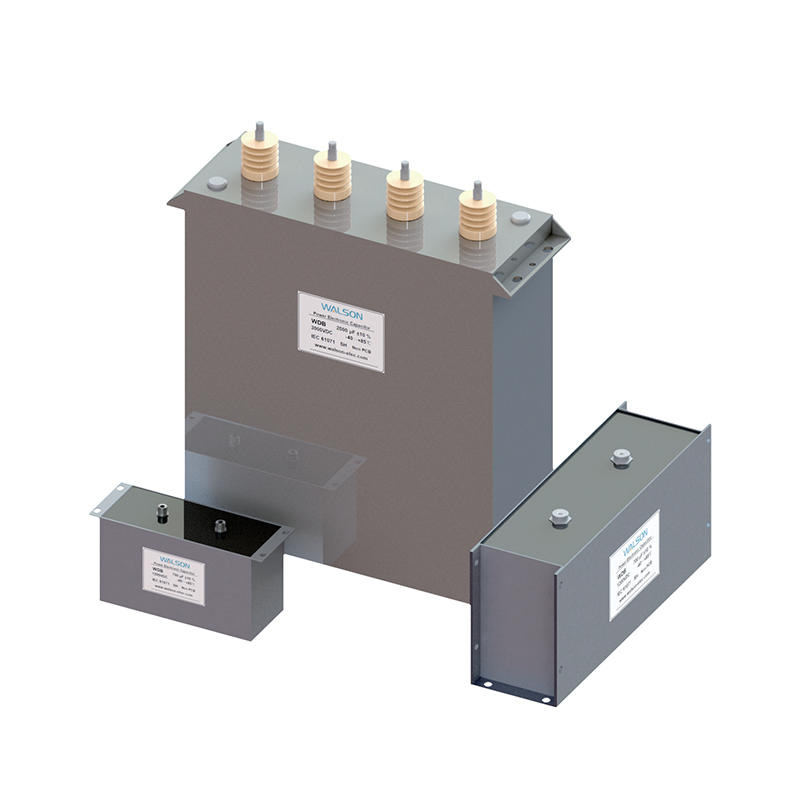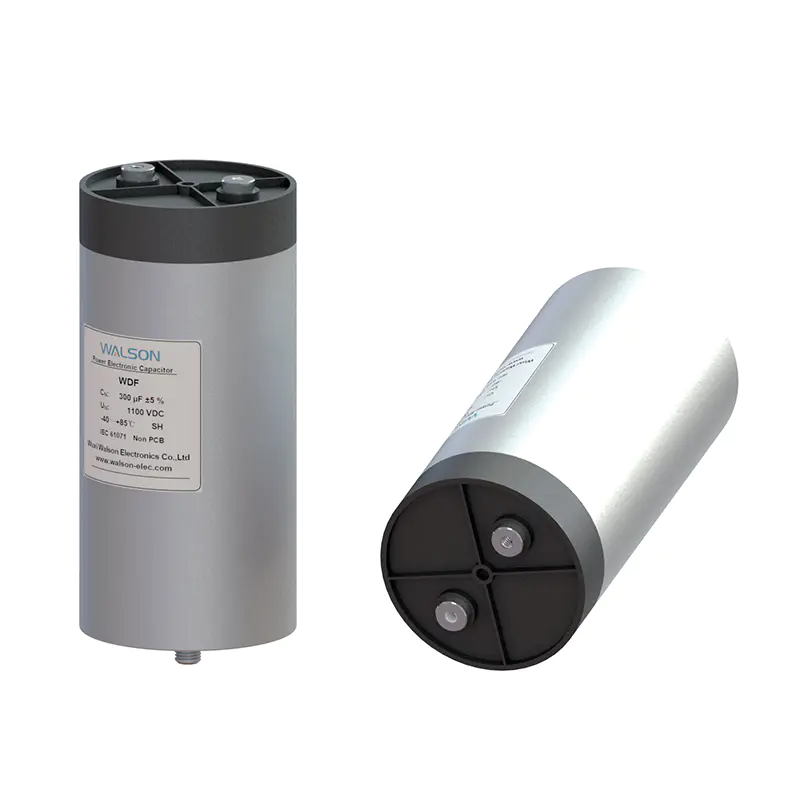- Home
- Products
- Applications
- Capacitors for Household Appliances
- Capacitors for Power Supply
- Capacitors for LED Lighting
- Capacitors for Mobile And DSL Appliances
- Capacitors for Automotive& Vehicles
- Capacitors for Photovoltaic Inverters
- Capacitors for Wind Power Plants
- Capacitors for Renewable Energy Systems
- Capacitors for Induction Heating
- Capacitors for Medical Equipments
- Capacitors for Industrial Control
- Capacitors for Power Electric
- Capacitors for Rail Transit
- Capacitors for Smart Grid
- Capacitors for University & Research Instituite (High Energy Physics)
- About Us
- News
- Contact Us
-
- Capacitors for Household Appliances
- Capacitors for Power Supply
- Capacitors for LED Lighting
- Capacitors for Mobile And DSL Appliances
- Capacitors for Automotive& Vehicles
- Capacitors for Photovoltaic Inverters
- Capacitors for Wind Power Plants
- Capacitors for Renewable Energy Systems
- Capacitors for Induction Heating
- Capacitors for Medical Equipments
- Capacitors for Industrial Control
- Capacitors for Power Electric
- Capacitors for Rail Transit
- Capacitors for Smart Grid
- Capacitors for University & Research Instituite (High Energy Physics)
Web Menu
- Home
- Products
- Applications
- Capacitors for Household Appliances
- Capacitors for Power Supply
- Capacitors for LED Lighting
- Capacitors for Mobile And DSL Appliances
- Capacitors for Automotive& Vehicles
- Capacitors for Photovoltaic Inverters
- Capacitors for Wind Power Plants
- Capacitors for Renewable Energy Systems
- Capacitors for Induction Heating
- Capacitors for Medical Equipments
- Capacitors for Industrial Control
- Capacitors for Power Electric
- Capacitors for Rail Transit
- Capacitors for Smart Grid
- Capacitors for University & Research Instituite (High Energy Physics)
- About Us
- News
- Contact Us
Product Search
Exit Menu
What Makes Low ESR the Key Feature in Inverter Output Capacitors?
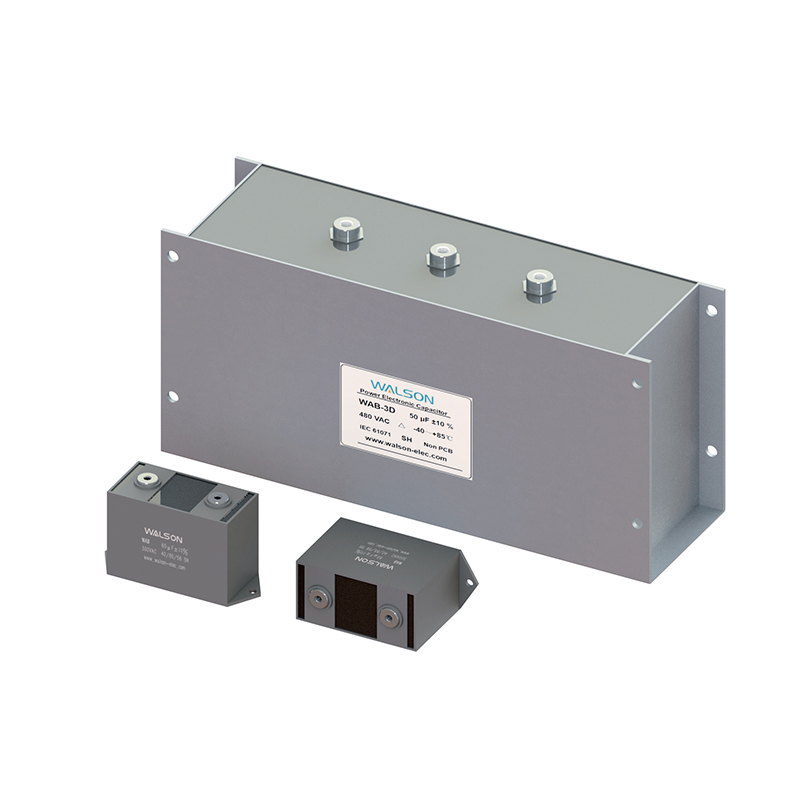
What Makes Low ESR the Key Feature in Inverter Output Capacitors?
The Growing Importance of Power Quality in Inverter Systems
As power electronics evolve toward higher efficiency and compactness, inverter systems have become indispensable in renewable energy, motor drives, and industrial automation. However, these systems face a persistent challenge — the generation of unwanted harmonics and voltage ripple on the output side. To maintain waveform purity and protect connected loads, the inverter output AC filter capacitor plays a central role in filtering, energy buffering, and reducing electromagnetic interference.
In this context, one performance parameter increasingly defines capacitor quality and reliability: the Equivalent Series Resistance (ESR). The trend toward low ESR designs marks a significant advancement in AC filter technology and is now a critical differentiator in inverter output capacitor engineering.
Understanding the Role of ESR in AC Filter Capacitors
ESR represents the resistive losses that occur within the capacitor during operation. In an inverter output AC filter capacitor, ESR directly influences energy dissipation, heating, and filtering effectiveness. High ESR leads to higher thermal stress, while low ESR enables the capacitor to handle larger ripple currents efficiently.
In modern inverter circuits — especially in high-frequency and high-power applications — capacitors must sustain continuous AC ripple with minimal losses. A low ESR inverter output capacitor ensures reduced temperature rise, improved waveform stability, and longer operational lifespan.
How ESR affects the performance characteristics of AC filter capacitors:
| Parameter | High ESR Capacitor | Low ESR Capacitor |
|---|---|---|
| Ripple current handling | Limited | High |
| Power loss | Increased | Reduced |
| Temperature rise | Significant | Minimal |
| Filtering efficiency | Moderate | Excellent |
| Operational lifespan | Shorter | Extended |
| Stability under high frequency | Degraded | Maintained |
Technical Significance of Low ESR in Inverter Output Filters
The inverter output filter is typically composed of inductors and capacitors designed to smooth pulse-width modulated (PWM) waveforms into near-sinusoidal AC output. Within this structure, the AC filter capacitor is the element that directly interacts with high-frequency components.
A low ESR inverter output AC filter capacitor minimizes voltage drop and heat generation during this process. The result is improved output voltage symmetry and lower total harmonic distortion (THD), crucial for applications such as motor drives and grid-tied power conversion.
Furthermore, the thermal advantage of low ESR construction enhances capacitor endurance under continuous cyclic stress. This stability reduces the risk of dielectric breakdown and allows more compact designs without compromising reliability.
Material and Structural Optimization
To achieve consistently low ESR, material selection and internal design become decisive factors. Film capacitors, particularly those using metallized polypropylene dielectric, dominate the inverter output AC filter segment due to their inherently low dielectric losses and high insulation resistance.
Optimized electrode metallization, precise film thickness control, and efficient winding techniques further lower ESR while maintaining high ripple current capability. The structure also facilitates self-healing behavior, a key safety attribute for AC filter applications in power inverters.
Typical structural features that contribute to lower ESR:
| Structural Element | Design Focus | ESR Impact |
|---|---|---|
| Dielectric material | Polypropylene film | Reduces intrinsic losses |
| Metallization layer | Uniform and thin | Minimizes resistive path |
| Electrode connection | Low resistance interface | Improves current conduction |
| Winding geometry | Tight and uniform | Reduces parasitic inductance |
| Impregnation and sealing | Moisture protection | Stabilizes ESR over time |
Application Relevance Across Power Systems
Inverter output AC filter capacitors with low ESR find wide application in systems where power quality and thermal reliability are critical. Among these are renewable energy inverters, variable frequency drives, and uninterruptible power supplies.
In renewable energy systems, the capacitor stabilizes inverter output by filtering high-frequency harmonics generated by DC-AC conversion. In motor control systems, it ensures smoother torque characteristics by maintaining sinusoidal voltage supply. In industrial power filters, low ESR capacitors enable efficient suppression of switching noise without excessive thermal loading.
These diverse functions highlight how inverter output filter capacitors have evolved from passive components into active enablers of system stability and efficiency.
Advantages of Low ESR Design in System Efficiency
The adoption of low ESR AC filter capacitors contributes directly to higher overall system performance. Reduced power losses translate into less heat generation within the inverter enclosure, lowering the need for auxiliary cooling. This not only improves inverter reliability but also reduces total energy consumption of the system.
Additionally, low ESR capacitors maintain steady impedance characteristics across a broad temperature and frequency range. This consistency is vital in modern compact inverters that operate under fluctuating load and ambient conditions.
An inverter output capacitor with low ESR also enhances waveform quality by attenuating residual switching harmonics. The resulting output approximates a pure sine wave, ensuring better performance of connected AC loads and extending their service life.
Key Performance Metrics for Inverter Output AC Filter Capacitors
Although ESR remains a central performance indicator, other complementary parameters must align to achieve inverter output filtering. Engineers typically assess several interrelated specifications to ensure capacitor suitability:
| Performance Metric | Description | Relevance |
|---|---|---|
| ESR | Equivalent series resistance | Determines power loss and heat |
| Ripple current rating | Maximum allowable AC current | Indicates endurance capability |
| Capacitance tolerance | Stability under varying voltage | Ensures filtering accuracy |
| Dielectric loss factor | Measure of internal dissipation | Affects efficiency |
| Voltage rating | Withstand capacity against peaks | Prevents dielectric breakdown |
| Thermal resistance | Heat dissipation ability | Supports long-term reliability |
These interdependent characteristics collectively define the operational stability of inverter output capacitors under high-frequency switching conditions.
Toward Smarter Capacitor Integration
As inverter technology advances, next-generation AC filter capacitors are being designed with enhanced self-monitoring and temperature compensation capabilities. By integrating sensors and predictive maintenance algorithms, manufacturers aim to monitor ESR variation over time, preventing premature failures.
Future inverter output AC filter capacitor designs are expected to feature adaptive impedance control, further minimizing harmonic distortion and improving energy conversion efficiency. Such innovations will strengthen their position as core components in power electronics systems striving for higher performance and reliability.
Conclusion
The evolution of inverter output AC filter capacitors underscores a clear industry direction: lower ESR, higher efficiency, and longer lifespan. Among all capacitor parameters, ESR remains the influential in determining energy loss, ripple suppression, and thermal endurance. Through material innovation and structural refinement, low ESR capacitors have become essential for ensuring power quality in modern inverter systems.

 简体中文
简体中文 English
English Español
Español